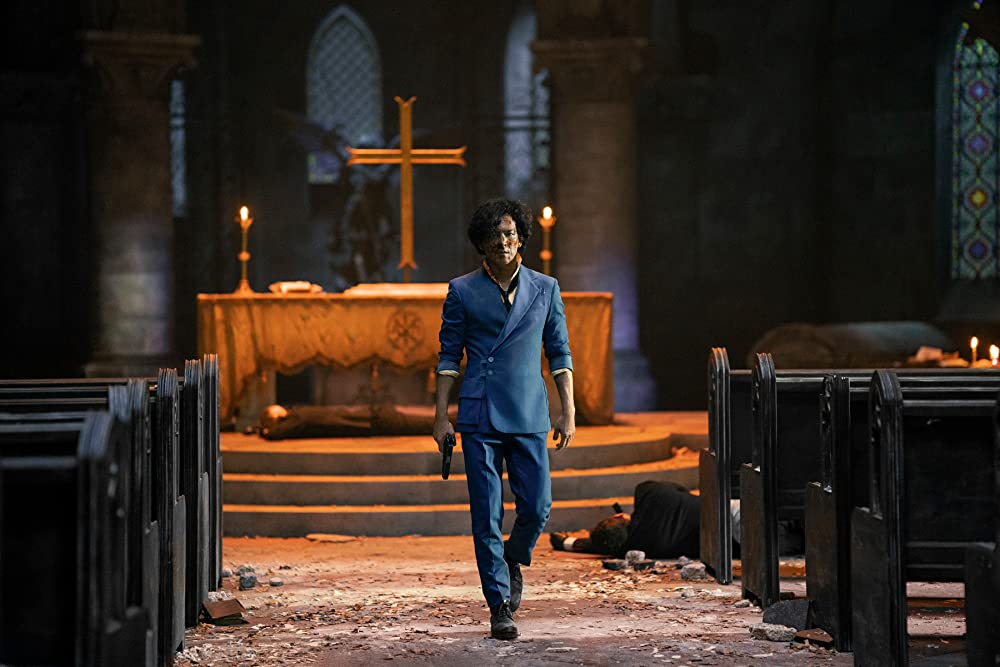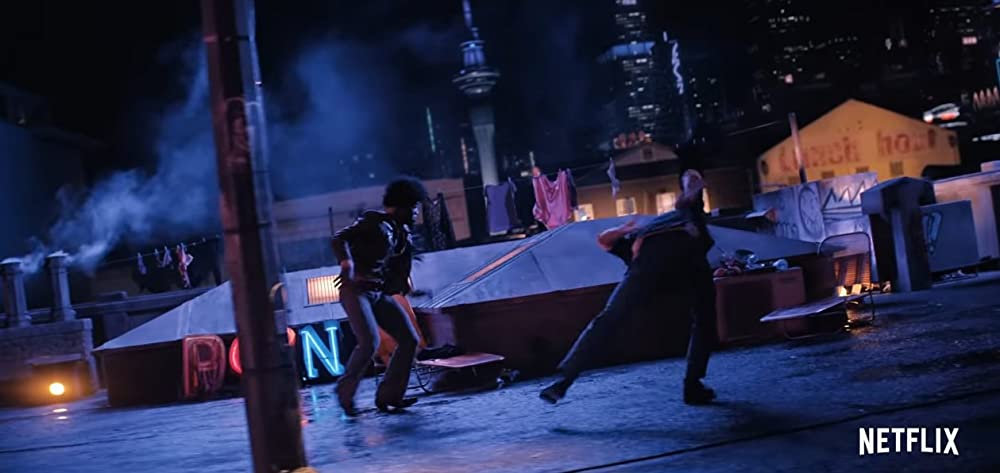By Joseph Barter, First Year, English
Cowboy Bebop succeeds in being one of the more entertaining Americanisations of a Japanese classic, but suffers from the fundamental redundancy of its existence and position in the shadow of the original. Truthfully, more divergence from the source material may have benefitted Netflix’s most successful attempt to translate animation to live action.
Following the announcement of any anime adaptation by an American studio, there is a flurry of controversy and ire from fans. Think back to the announcement of Ghost in the Shell (2017) and the casting of Scarlett Johansson as Major Kusanagi. Cowboy Bebop is no exception in this regard: from doubts about John Cho’s ability to play a character twenty-two years younger than himself to the absence of Ed, a central character of the original, from the trailers. Fortunately, in the case of this adaptation, these doubts were wholly unfounded. Sadly Cowboy Bebop’s biggest problems arise from how closely it attempts to mimic scenes and characters from the original.

The space-western follows bounty hunter Spike Spiegel (John Cho), along with his crew mates Jet Black (Mustafa Shakir) and Faye Valentine (Daniella Pinada) as they travel through space, collecting bounties, making just enough money to scrape by and attempting to escape from the demons of their past. The flaws created by its strict adherence to the source material are apparent from the get-go, with an intensely faithful but ultimately inferior recreation of the iconic opening credits, the live action shots fail to capture the same fluid motion of its animated counterpart.
The show, both the original and Netflix’s rendition, heavily rely on the charisma of its central characters, as well as the highly stylised action and in these regards it mostly delivers. The action delivers some entertaining fight-scenes, which make up for their blatant lack of budget with heaps of style. The sets may look campy, and some of the costumes may be outdone by an amateur attendee of an anime convention, but there will always be something cool about watching Spike backflip-kick a coin to disarm a robber.

Save for some dips in the writing, such as one specific pun on the word ‘blackmail’, the humour and emotional beats of the story hit adequately. However, what really sells the show’s unique personality is the stellar acting from the main trio. Oftentimes it can be hard to discern whether the weaker moments of a show are due to the acting, directing or writing, but in Cowboy Bebop there is no question. Mustafa Shakir’s portrayal of Jet stands out especially, capturing the character’s mature and reserved personality that made his animated counterpart so likeable.
The show ending without truly wrapping up, staying open for a second season and beyond, only serves to further solidify the inherent problems with this adaptation. Where the original delivered a satisfying conclusion, save for a movie that filled in some gaps, Netflix’s retelling was likely always doomed to leave the door open for more money to be made. Regardless, Cowboy Bebop delivers as one of the better anime adaptations, and an entertaining show in its own right, just managing to clear a very low bar.
Featured Image: Geoffrey Short, Netflix
What did you think of Cowboy Bebop?









